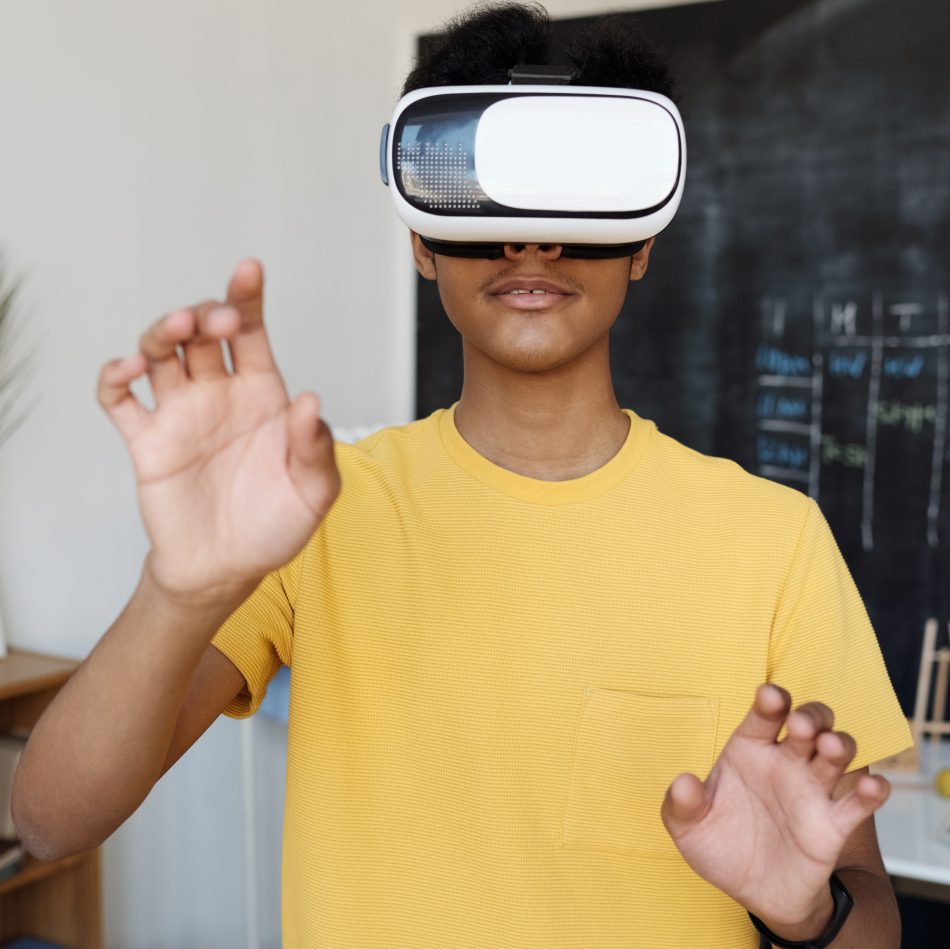During school, how excited are students on a field trip day? How amazing was it for them to get out of school, on school days, and learn about some place or something with their friends? It is what students are looking forward to. Even more, they get excited for the computer lab sessions. Why? They simply have more interest in fun than education in some sense. You, the teacher, on the other hand, realize that. You try to utilize everything you have to make education fun or interesting to capture the student’s attention.
There’s definite evidence that a child’s attention span in school is now lower than before. Kids are attracted to interactive experiences and find books mundane. Schools are struggling with that all around the world and are searching for solutions, and they go with the entertaining aspect of education where teachers are making classes fun and interesting through games or singing in order to grab the kid’s attention.
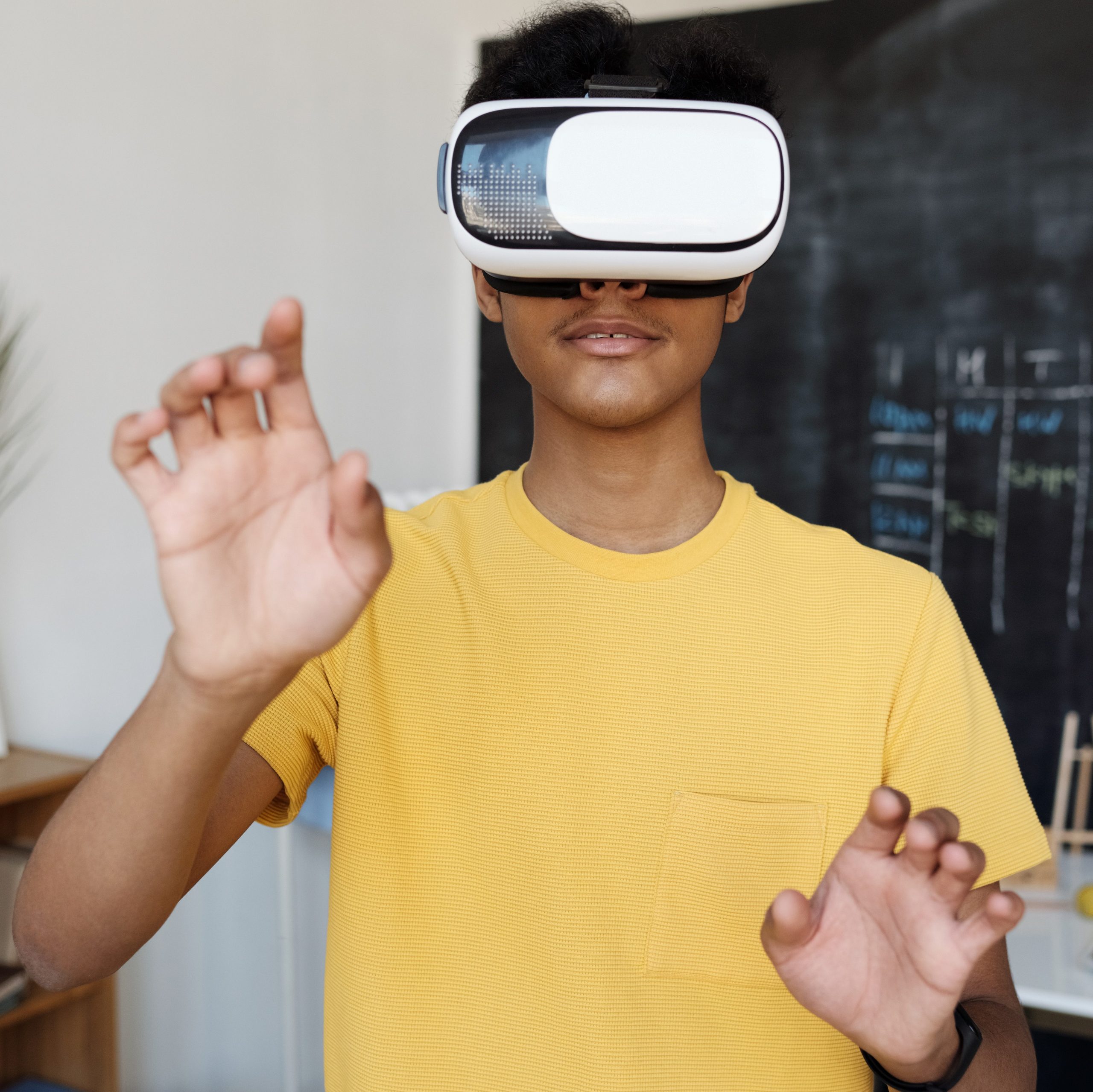
Virtual Reality (VR) has the potential to significantly strengthen the educational process when used in a classroom environment under the direction of teachers.
VR develops teachers’ skills and gives them the freedom to move beyond the bounds of textbooks. It offers the ability to develop cutting-edge virtual learning environments to lead students and help them apply their knowledge in practical applications.
VR provides a quick, useful, and entertaining approach to spread knowledge. It has been demonstrated to effectively eliminate boredom and enhance simple learning. When used properly, VR can help teachers create engaging lesson plans, come up with innovative ways to explain challenging subjects, and maintain students’ attention for extended periods of time.

How?
To create a VR experience, a VR creation tool has to be easy to use so that creators, and in this case it’s the teacher, find it easy to create VR experiences.
Then, it must be easy to share the VR experiences created with the students. VR experiences could be a lesson, practical quiz, or even a survey.
And, as we all can see that almost all educational institutes have LMS (Learning Management System) to distribute, grade, and track achievements of the student. So, it’s important to integrate these VR experiences into LMS too.
SimLab has got all that covered. With SimLab VR Studio, you are able to create any lesson or quiz code free, and with no design skills.
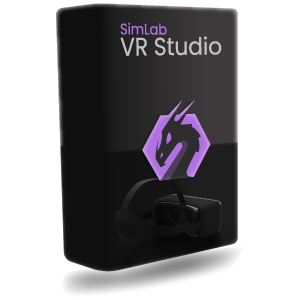
Distribution?
After creation, it is easy to view the experience through SimLab VR Viewer, and collaborate by inviting the students or colleagues into the VR experience through SimLab Collaboration tool which is available on all devices.
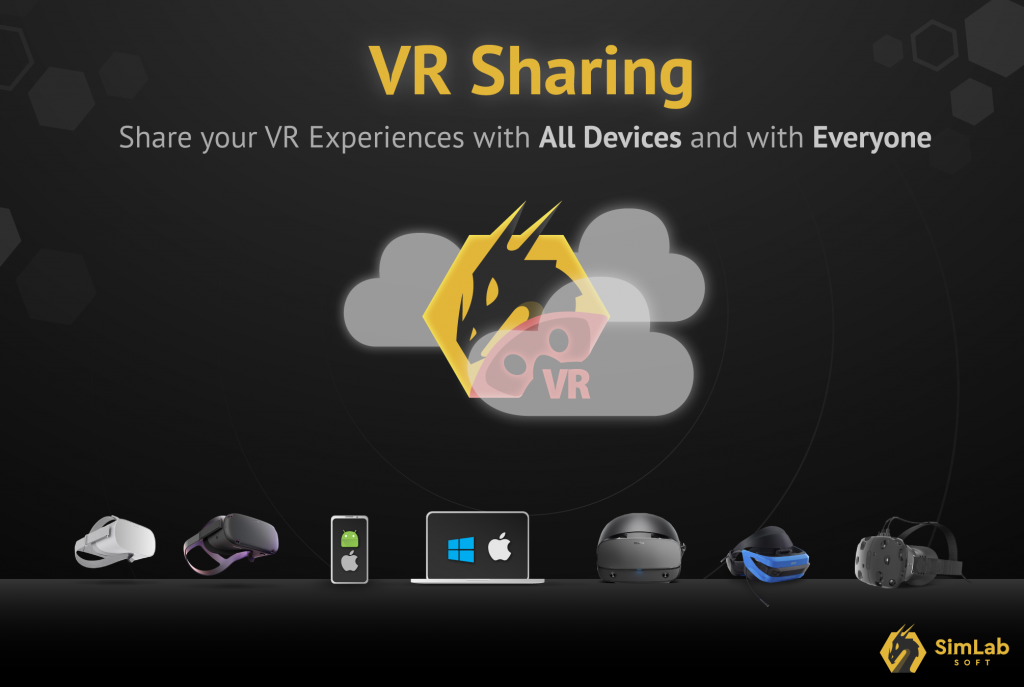
SimLab crafted a full VR Educational tool package.
Check the VR for Education in action here.
-
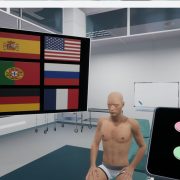
1 Build a Medical VR Training Experience in Under 30 Minutes—No Coding Required
-
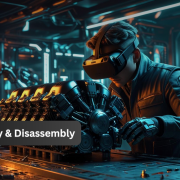
2 How to Create Interactive VR Assembly & Disassembly Experiences with SimLab Composer
-
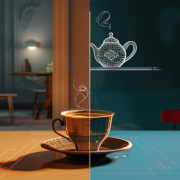
3 One Experience, Seamlessly Running on VR, MR, AR, and XR
-
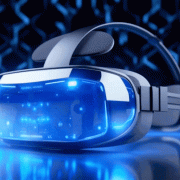
4 Is My VR Experience Secure on the Cloud?
-
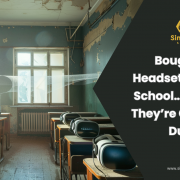
5 Bought VR Headsets for Your School… and Now They’re Collecting Dust?
-
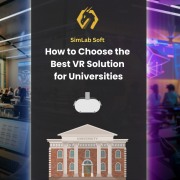
6 How to Choose the Best VR Solutions for Universities: A Comprehensive Guide
-
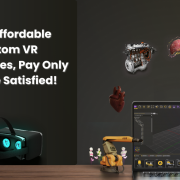
7 Fast, Affordable Custom VR Experiences – Pay Only if You’re Satisfied!
-
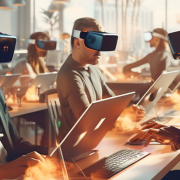
8 Looking for VR Creators for Our SimLab VR Store
-

9 Why SimLab Soft is Creating VR Training for Medicine and Nursing Students
-
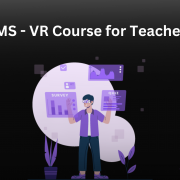
10 Seamlessly integrate VR Quizzes and Surveys into your LMS

